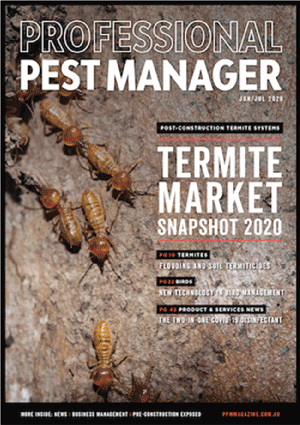Fit testing of respirators is a requirement for businesses, before their employees start using them. However, a fit check is not the same as fit testing.
Fit testing is crucial when using close-fitting respiratory protection equipment (RPE) because it ensures the respirator provides the intended level of protection by creating a secure seal between the mask and the wearer’s face. A proper seal prevents contaminated air from entering the respirator and reaching the worker’s lungs. Without a good seal, the respirator’s effectiveness is significantly reduced, potentially exposing the worker to hazardous substances.
To maximise the correct protection from RPE, it is crucial to ensure that it fits the user to an optimum level. Air will always take the path of least resistance, so any small gaps between the face and the respirator will result in reduced protection for the wearer.
Achieving a good seal
Facial hair and scars can interfere with the seal of tight-fitting respirators, hindering their ability to provide adequate protection. This is because hair can prevent the respirator from forming a tight seal against the skin, allowing contaminants to leak in. Therefore, it is a requirement that individuals with facial hair be clean-shaven to ensure a proper seal during fit testing and while wearing the respirator. Not only does facial hair prevent a good fit, but chemicals will be absorbed by an uncovered beard. This is the reason some product labels state that hats should be worn – to prevent chemicals being absorbed by the body via the hair.
Exposure to even low levels of particles, gases and vapours can cause permanent and irreversible damage to the lungs and other vital organs. The importance of correctly protecting against these contaminants over an entire working career has become more apparent. Wearing poor-fitting respiratory protection equipment can lead to various health problems, including respiratory diseases such as asthma, bronchitis and pneumonitis.
Chemicals found in pesticides can have acute health toxicity if a high dose is inhaled, ingested or comes into contact with the skin or eyes, while prolonged or recurrent exposure to pesticides leads to chronic toxicity. Studies have linked some pesticides to serious long-term health issues such as cancers and neurological, mental and reproductive effects.
In Australia, all types of tight-fitting respirators (negative and positive pressure) must be fit tested as required by AS/NZS 1715 and AS/NZS ISO 16975.3:2023. It is recommended to perform a fit test prior to the initial use and annually to confirm ongoing fit over time.
The Sundström SR100 half face respirator (pictured above) achieves a comfortable and secure fit due to its one-piece silicone mould and its V-shaped loop head harness, which create a superior facial seal. Three size options are available, ensuring good face fit.
Respirator fit testing methods
A number of different internationally recognised fit testing methods are practised in Australia, which are either qualitative or quantitative. Qualitative fit testing (QLFT) assesses fit based on the ability of the wearer to taste or smell certain odours/tasting agents. Quantitative fit testing (QNFT) determines fit by measuring the level of leakage around the face seal, the result of which is a number known as the ‘fit factor’. Each method has pros and cons and may only be suitable for certain types of respirators.
As a supporter of RESP-FIT, the national respirator protective equipment fit testing accreditation program in Australia, Safety Equipment Australia recommends using a RESP-FIT accredited fit tester. RESP-FIT was developed by the Australian Institute of Occupational Hygienists (AIOH) to protect workers’ health by ensuring the respirator is fitted properly to prevent leakages, which can cause exposure to contaminated air.
Fit testing respiratory equipment is vital for a number of reasons.
- Ensures a proper seal: Fit testing verifies that the respirator’s facepiece creates a tight seal against the wearer’s face, preventing leakage of contaminated air.
- Matches facial features: Fit testing helps determine the correct size and style of respirator for the individual’s facial features.
- Provides adequate protection: A properly fitting respirator ensures that the wearer receives the level of protection required for the specific hazards they are facing.
Fit testing is different from fit checking of RPE. Fit checking involves the wearer checking the respirator fits tightly each time it is put on. It is a quick check to ensure the respirator, which has been fit tested, has been properly positioned on the face and there is a good seal between the respirator and face. Fit checks do not replace the need for a fit test. After conducting a workplace risk assessment, it is the employer’s responsibility to implement a respiratory protection program (RPP) conforming with the requirements of AS/NZS 1715 Section 2 to ensure all users of RPE with a close-fitting face piece carry out a suitable fit test. It is also their responsibility to train and supervise employees in ensuring the correct use of RPE, promoting a safe working environment.
Pest managers looking for information about respirators, filter selection or technical assistance can visit the Safety Equipment Australia website.
Image credit: Fit Test Australia


